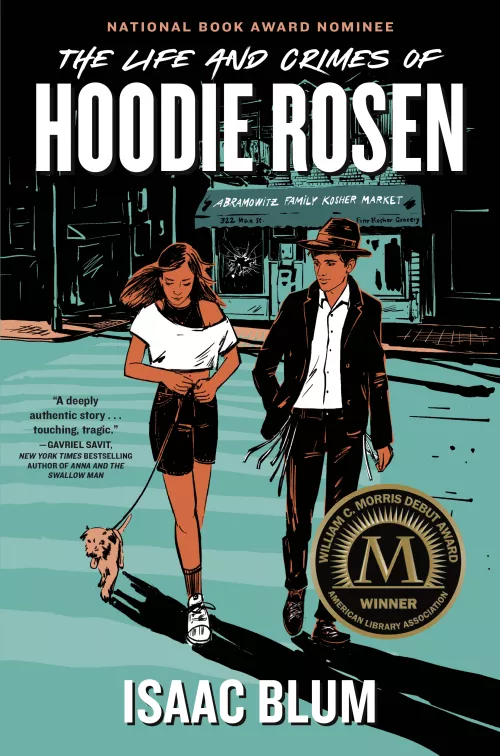Share this book
What does it mean to come of age? Have students discuss what they think are common experiences, realizations, tensions, and awakenings that are part of the coming-of-age process, what these look like for Hoodie, and how they compare to their own experience. Have students create two identity maps–one that reflects upon the experiences that help define Hoodie’s coming-of-age process and progress and one that reflects their own.
Experiences on both maps should be in chronological order and use arrows to connect them. Students can draw or use photos or other images to illustrate their brief explanations of Hoodie’s/their experiences. Hoodie’s map should include at least 5 experiences that represent his journey, while students sharing their own process should include at least 4.
Display maps for students to review then have them discuss similarities and differences they find among the representations of their classmates and of Hoodie.
Questions for Discussion or Reflective Writing
- Do you know what antisemitism is? What do you know about antisemitism? Hoodie has been aware of antisemitism his whole life, but had never faced it. What do you make of his reaction to the swastika and hate message in the cemetery? Of Anna-Marie’s? What would you do if you saw an antisemitic or other hate symbol in school or the community?
- What effect do religious, cultural, and social norms have on growing up? What does this look like in Hoodie’s community? How is it similar and/or different from your own?
- How does Hoodie’s culture and religion influence his perceptions of other communities? What impact does that have on his ability to participate in successful exchanges with Anna-Marie? How do Hoodie and Anna-Marie address the limitations of their own cultural perspectives? What are some ideas you have for possible ways to go about seeing things from another culture's perspective?
- Where is Hoodie in the process of his coming of age by the end of the book? How does his trauma affect his growth? What has he learned about himself? What do you think the future looks like for Hoodie?
Related Resources
A Discussion Guide to The Life and Crimes of Hoodie Rosen from Penguin Random House
How Somebody Else’s Reading of My Novel Changed My Own, Isaac Blum guest post for School Library Journal
Supporting Cross-Cultural Friendships from Learning for Justice
More Titles to Try
Stay on top of current education news



